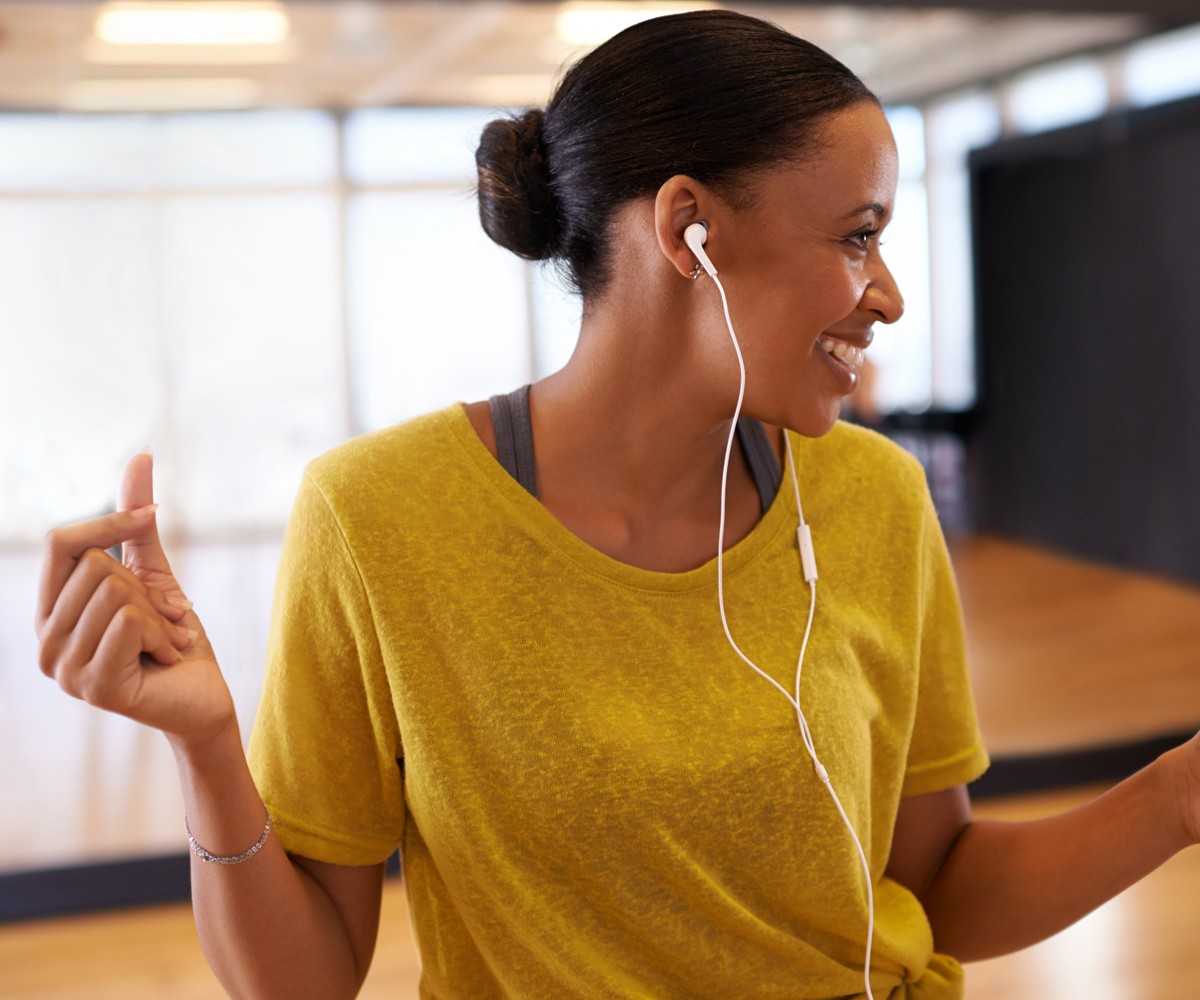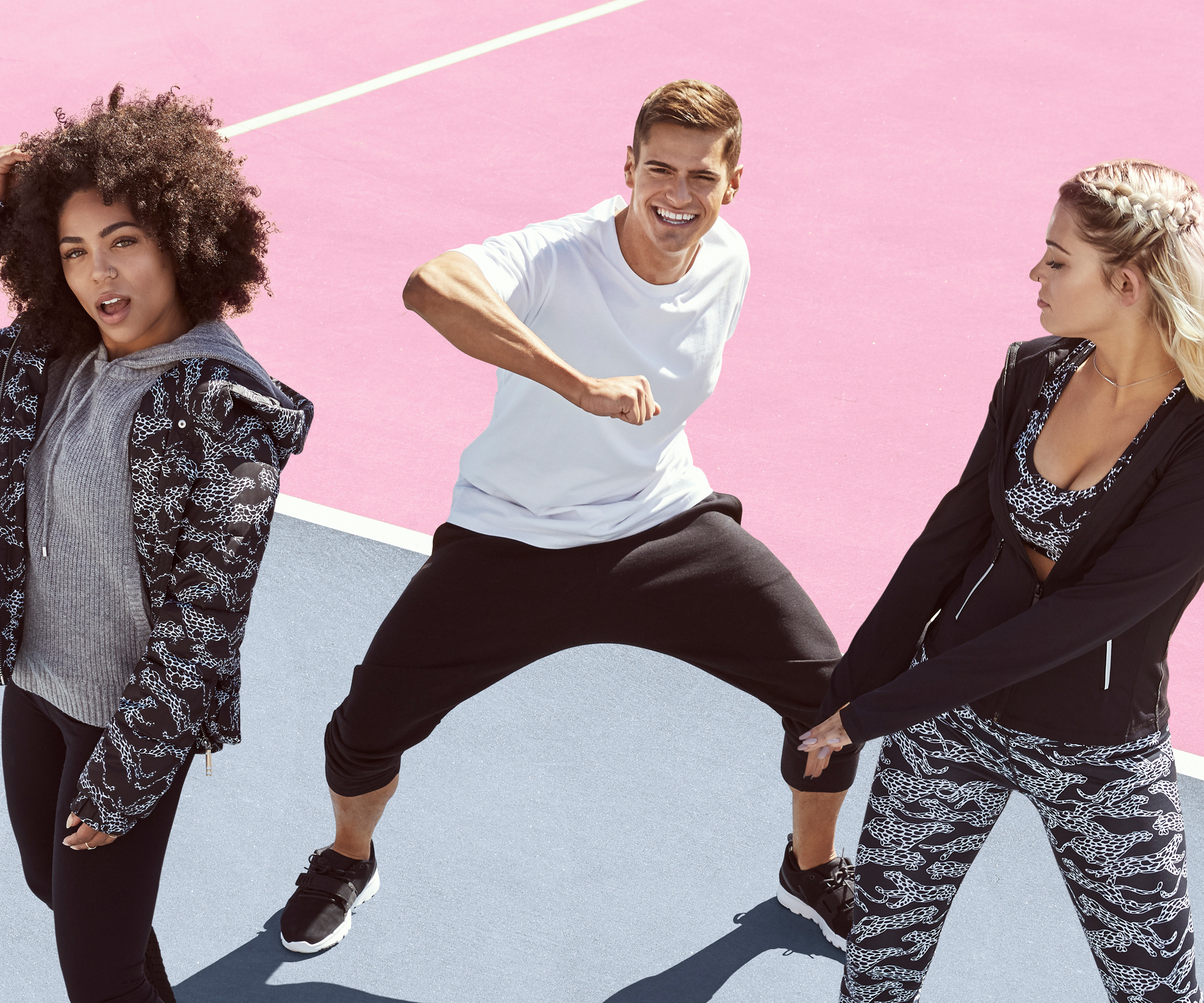Whether you can naturally move like Beyoncé, or are more inclined to shimmy your way around the house like Hugh Grant in Love Actually, there’s undoubtedly something seriously fun about getting your groove on.
Humans have been dancing since the beginning of time as a form of ritual, celebration, entertainment, exercise and creative expression.
It’s an incredible form of movement that has wide-ranging benefits for all aspects of wellness – physical, mental, emotional and social.
If parties and weddings are the rare occasions that you bust a move, maybe it’s about time you made yourself a playlist and let loose.
Like any form of exercise, dancing will burn calories and increase your metabolism and can help you to achieve or maintain a healthy weight.
If the movement is enough to get your pulse racing and lungs puffing, it will also improve your aerobic fitness and the health of your cardiovascular system too.

Dancing improves overall mobility
Compared to a gym workout or forms of cardio like running, cycling and swimming where you are moving in much more predictable and repetitive patterns, the average dance routine will get you jumping, turning, squatting, twisting and leaning in all sorts of directions.
In a song, the pace and mood of the music also changes constantly, and this is often mirrored by the constant change of direction and speed throughout a dance routine.
Doing exercise that requires such a large range of motion can do wonders to improve your coordination, agility, mobility, balance and spatial awareness.
This can make it much easier to pick up new forms of exercise, increase your ease of movement in everyday life and reduce your chance of injury.
A study published in the Scandinavian Journal of Medicine & Science in Sports looked at the impact of different forms of physical activity on 1000 elderly Japanese women.
In particular, they were looking at their risk of becoming physically disabled, measured by their ability to complete everyday tasks like walking, bathing and dressing.
Their findings showed that all physical activity helped, such as walking, calisthenics and yoga, but dancing trumped other forms of movement in terms of its benefits.
The women who danced had a 73 per cent lower chance of becoming disabled compared to those who didn’t.
Dancing is good for brain health
Dance isn’t likely to get you looking buff like pumping iron will, but a dance routine is usually a full-body workout, engaging and working muscle groups across the entire body.
More athletic styles such as cheerleading, break dancing, ballet and pole dancing are especially good for building strength.
Increasing your level of muscle mass will increase your metabolism, meaning that you also burn more calories during the day.
Beyond the physical benefits, dancing has been shown to promote brain health and mental wellbeing.
If you go for a run, swim, bike ride, or attend a gym class, there often isn’t too much mental work involved.
Learning a dance, however, requires you to memorise many sequences of movements, coordinate different parts of your body to move at the same time, and pair your movements with the beat of the music.

You don’t need any experience, equipment or a gym membership to give dancing a go.
This kind of mental work helps to keep the brain firing and create more intricate neural pathways, which can improve your brain health and help prevent the onset of dementia.
As we age, the connective tissue in the brain breaks down gradually. As this white matter deteriorates, we may experience a loss of processing speed and have more problems with thinking, concentration and memory.
A study published in Frontiers in Aging Neuroscience looked at older adults doing exercise programs that involved walking, stretching or dancing for three times a week over a six-month period.
In both the walkers and the stretchers, their white brain matter integrity continued to decline, but in the dancers it improved.
Dancing improves mood
A growing body of evidence also indicates the positive effect of dancing on depression, and rhythmic movement has been shown to trigger the release of mood-boosting and stress-lowering endorphins.
It’s no wonder that children laugh and smile when they’re dancing, and why it’s a joyous part of events and celebrations.
If exercise feels like a chore or you’re feeling low, a regular boogie session could be just what you need.
If you’re dancing with a group or partner, it’s pretty hard to get through a song without smiling, laughing or feeling a sense of social connection, and joining a class is a great way to make new friends and be part of a community.
The power of touch has also been well-documented, so any dancing that involves physical contact is going to have added benefits for your wellbeing and relationships.
For some people, the mere idea of dancing is enough to cause them to break out in a nervous sweat, and feeling self-conscious can interfere with your ability to dance freely at social occasions.
A study by the American Medical Association found that after taking part in dance classes that focused on enjoying movement as opposed to performance or perfection, adolescent girls had more positive thoughts, felt more confident, and reported better feelings about their overall health.
Taking part in a dance class can be a great way to get comfortable with moving your body and become more body confident.
You don’t need to be fit to start, you don’t need any gym equipment, and you certainly don’t need to wait for perfect weather conditions.
There’s an abundance of classes and styles on offer, but there’s also nothing wrong with your bedroom or kitchen.
Put on some comfy clothes, turn your favourite song up loud, and move.



.jpg)